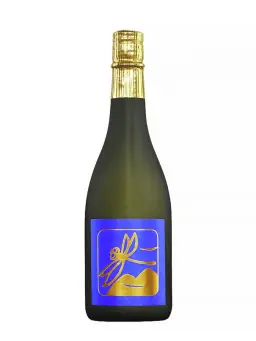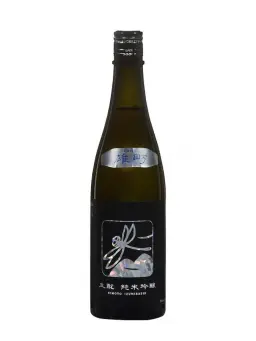IZUMIBASHI
Just as winemakers cultivate their own grapes, it was once common for sake breweries to grow their own rice. In the aftermath of World War II, however, rice—one of the country’s staple food resources—came under strict regulation due to shortages. As a result, sake producers were obliged to purchase the rice used for brewing from agricultural cooperatives.
Founded in 1857 (towards the end of the Edo period) in the city of Ebina, Kanagawa Prefecture, Izumibashi was both a sake and rice producer. When the sixth-generation heir, Yuichi Hashiba, completed his studies in the early 1990s, he chose to work in the real estate sector in Osaka until 1995. The devastating Kobe earthquake that year convinced him to return to the family domain, which was struggling amidst the general decline of sake in Japan.
That same year, on the recommendation of his wife, Yuichi discovered the manga Natsuko no Sake. At the same time, the Food Control Law—particularly concerning rice—was abolished. This proved to be a turning point. Inspired by the book, Yuichi gathered young local farmers and created the Sagami Sake Rice Study Group. He built partnerships with rice growers and sought the guidance of experts, notably Masaharu Nagatani, one of the creators of the Yamada Nishiki variety, who had devoted his life to reviving sake rice cultivation in Japan.
Today, Yamada Nishiki accounts for two-thirds of the 46 hectares of sake rice produced by farmers under contract with Izumibashi. Other cultivated varieties include Omachi, Rakufumai, and Shinriki. For its logo, Izumibashi chose the red dragonfly—Akakane in Japanese—often seen hovering near rice fields.





